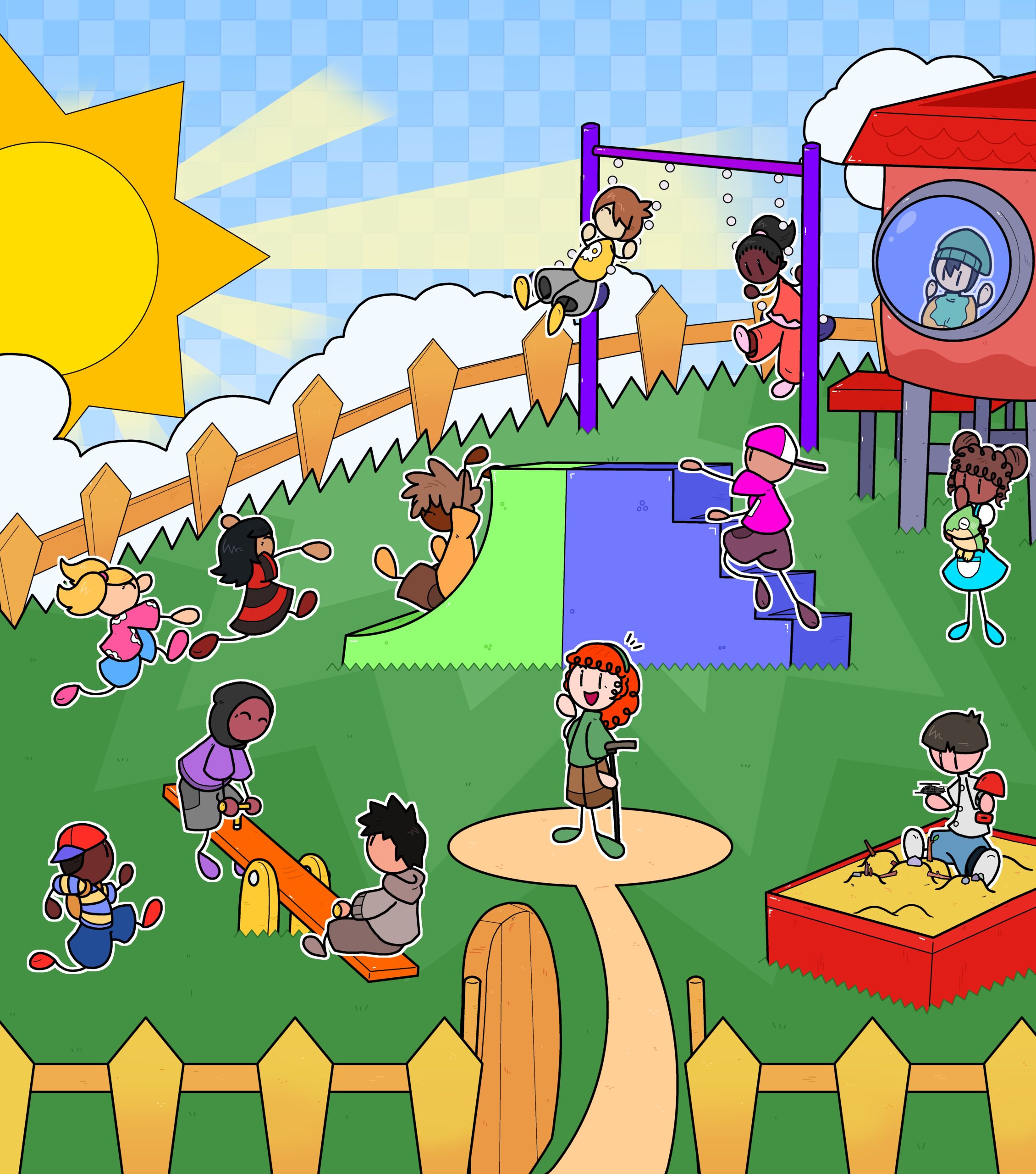Want to bring more play into your teaching without losing your purpose?
This chapter helps you move from “I like using games” to “I am building a ludic teaching practice.” You’ll explore what it means to be ludically literate as a teacher, designer, and learner. Here’s how this chapter supports you:
🧠 Build your understanding of what “ludic” really means
- Discover the difference between ludic objects (games, tools, playful materials) and the ludic in you (your playful attitude).
- Explore how play exists both in the thing and in the person, through thinkers like Sicart and Bogost.
- See how teaching can become more inclusive, human, and creative through playful practices.
🎮 Try 14 practical activities to build your ludic literacy
You’ll do them. We’ve done them. Your students can do them too.
Examples include:
- Be playful with an empty container (yes, really!).
- Adopt a cloud.
- Teach Wikipedia stats in a ridiculous or delightful way.
- Be sarcastic (and reflect on tone, meaning, and communication).
- Create a meme and analyze it as a cultural text.
- Roleplay a social scenario, like inviting a friend to a surprise party.
Each activity comes with tongue-in-cheek (or are they?) “literacy achievements” like badges that help you reflect on what you’re learning.
🎲 Engage with classic games in unexpected ways
- Play and analyze Snakes and Ladders (yep, there’s an LLP remix).
- Remix 20 Questions or I Spy.
- Make your own mini-game using whatever is around you.
- Use “LLP Bucks” to gamify everyday behaviors.
- Dive into Minecraft (or Minetest) with a literacy-focused lens.
🔍 Use big questions to deepen your thinking
Ask and answer:
- Who plays this? How? Why?
- What’s the experience, and what does it teach?
- Where and when does play happen and how can I bring more of it into my classroom?
🗂️ Learn from real classrooms
Read how James applied these ideas with science and engineering majors in Japan students who weren’t thrilled about English at first. The result? Engagement, agency, and real communication through gameplay.
🧰 Get a toolkit for thoughtful, critical play
- Use ludic literacy to work within (or push back against) your teaching constraints.
- Develop a playful, human-centered pedagogy that supports student voice and agency.
- Be playful with your materials, your methods, and your own mindset.
This chapter isn’t just about knowing more games. It’s about becoming the kind of educator who sees the possibility of play everywhere even in a piece of chalk, a stack of worksheets, or a cloud in the sky.
Want to feel more curious, creative, and confident in your teaching?
Level up your ludic literacy here. 🎮✨
